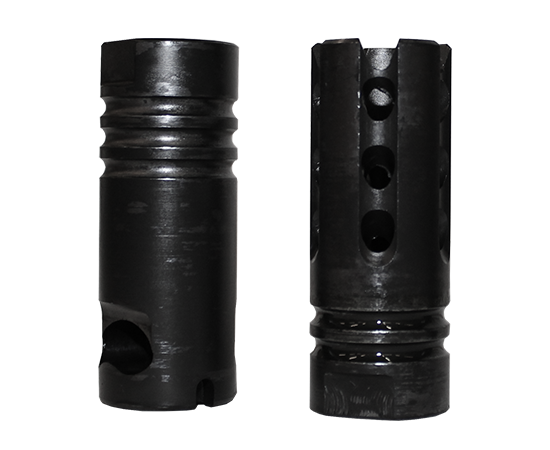 |
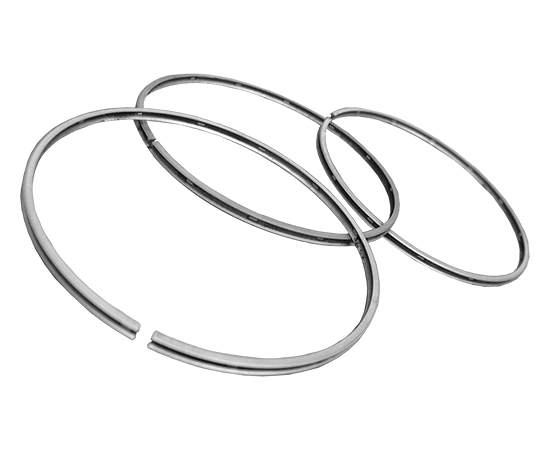 |
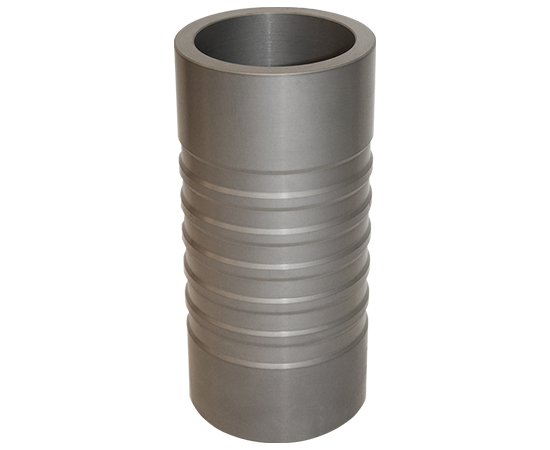 |
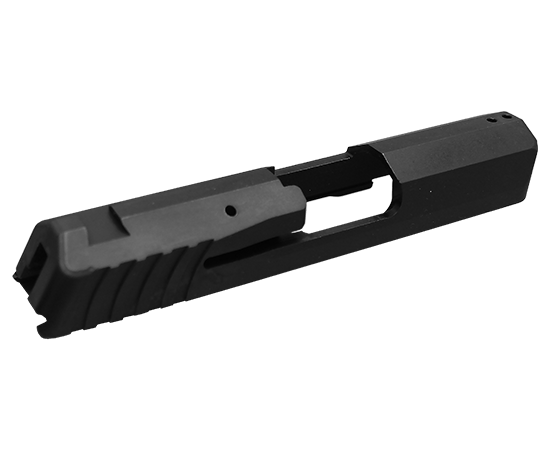 |
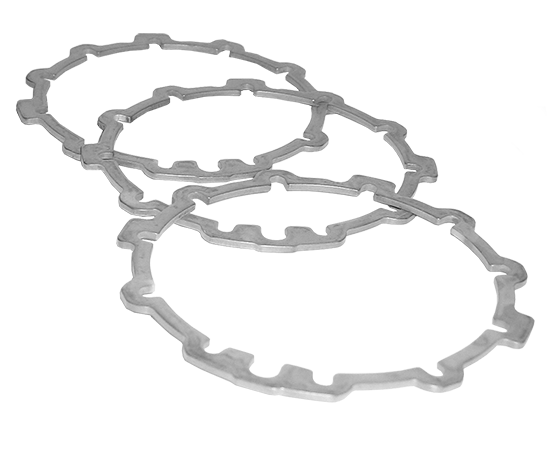 |
| Nozzle Flash Suppressors | Oil Rings | Pipes for Drilling Equipment | Pistol Slides | Turbo Rings / Unison Rings |
Menu
Stainless steels respond to nitriding differently than other ferrous alloys, and there are significant differences within the stainless group as well. The primary reason for this is that depending on the chemistry of the steel it will behave differently concerning the kinetics of layer formation, and it is a rather difficult process to control. In other words, unless you know what you are doing you may end up with nothing, or too little, or too much case depth or white layer, or even damaged parts.
NITREG®-S is a process in which any stainless steel may be nitrided, with complete control over the formation of nitrided layers. All types of stainless steel can be nitrided.
Not sure which process or service is right for you?
Contact our global team of heat treat experts and let them guide you or
fill out the contact form to put you in touch with one of our experts!
 |
 |
 |
 |
 |
| Nozzle Flash Suppressors | Oil Rings | Pipes for Drilling Equipment | Pistol Slides | Turbo Rings / Unison Rings |
Nitriding is a process of diffusing nitrogen atoms into the metal surface. Nitrogen is plentiful on Earth, however, in nature it exists as a two-atom molecule, chemically inert and too large to penetrate the surface. Hence nitriding technologies focus on the source of nascent (atomic) nitrogen.
The main objective of nitriding is to increase the hardness of the component’s surface by enriching it with nitrogen. Regardless of the method, nitriding is a process of diffusing nitrogen into the metal and such diffusion, once individual atoms of nitrogen have penetrated the surface, continues as long as the temperature is high enough, and there is a fresh supply of nascent nitrogen on the surface. In other words, the diffusion is basically the same in all nitriding, while the difference lies in the supply of nitrogen. The latter has a fundamental influence on the resultant properties of the surface.
Martensitic, austenitic, duplex and precipitation-hardening stainless steels can be nitrided with this technology. NITREG®-S is also remarkably effective on super alloys.
| STAINLESS STEEL | ||||
|---|---|---|---|---|
| GRADE AISI | GRADE UNI | MAIN ALLOY COMPONENTS | CORE HARDNESS HV/HRC | SURFACE HARDNESS HV1 |
| X5CrNiMo18.10 | C=.07 Cr=18 Ni=10 Mo=2 | 230 | 1150 – 1250 | |
| 316L | X2CrNiMo18.10 | C=.03 Cr=18 Ni=12 Mo=2 | 230 | 1150 – 1250 |
| 440B | X90CrMoV18 | C=0.0 Cr=17 Mn=1 Si=1 Mo=0.75 | 420 / 43 | 1000 – 1350 |
| 17-4 PH | C=.07 Cr=16 Mn=1 Si=1 Ni=4 Cu=4 Nb=.3 | 300 / 30 | 950 – 1100 |
A surface exposed to a nitriding medium will generally form two distinct layers. The outside layer is called a compound layer (or white layer) and its thickness generally falls between zero and 0.001” (25 µm). Underneath the white layer we have a diffusion case or diffusion zone. Both together comprise what is generally referred to as the case. However, depending on the material and its original pre-process hardness there will be very significant differences between the properties of these layers.